I recently had the opportunity to visit Marquette-lez-Lille, a charming town of about 10,000 inhabitants just outside of Lille, France. The town had designed an exhibition around the Getty’s Marquette Bible.
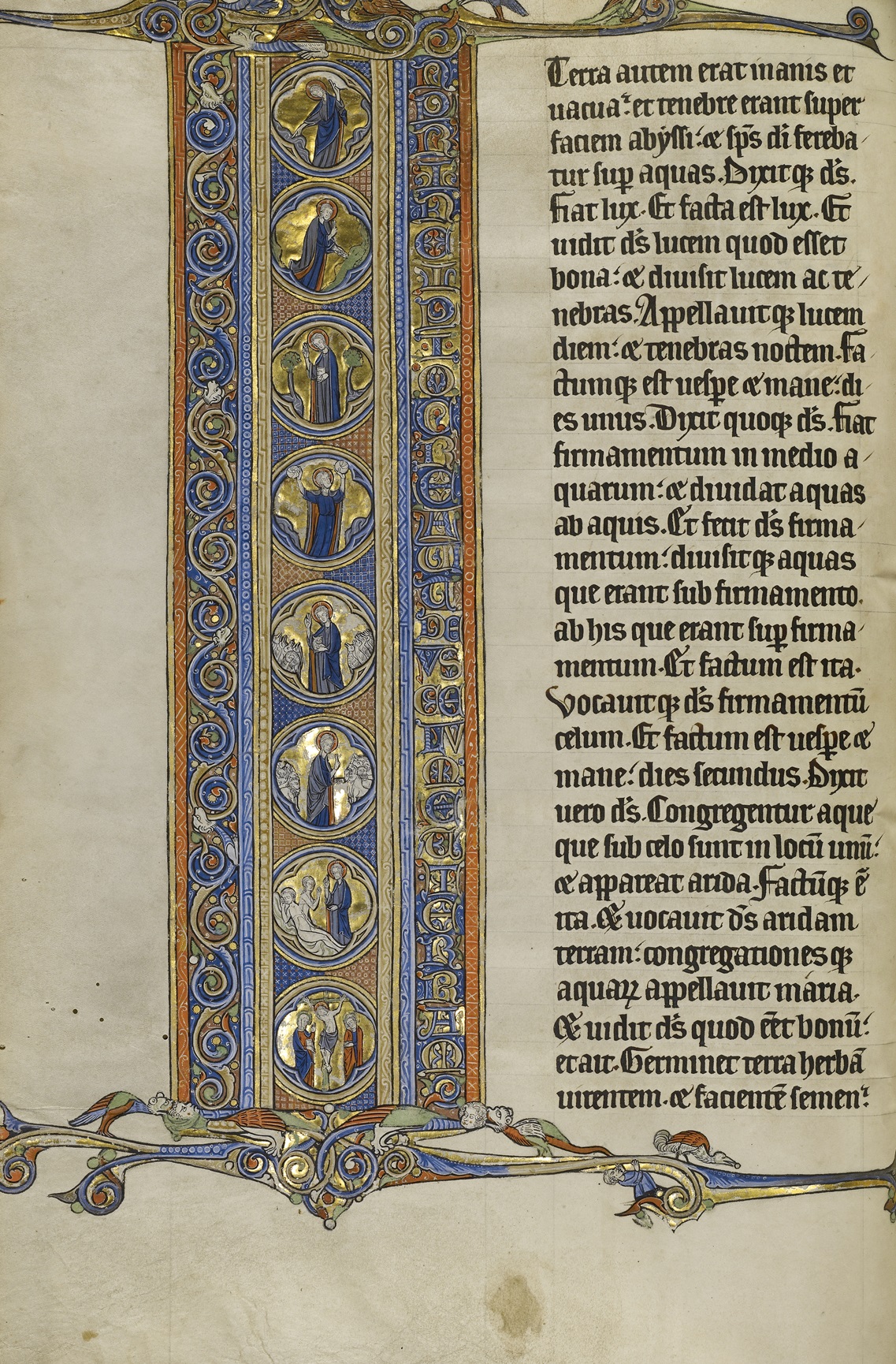
Initial I: Scenes of the Creation of the World and the Crucifixion from the Marquette Bible, probably Lille, about 1270. Ms. Ludwig I 8, vol. 1, fol. 10v
This precious set of Biblical manuscripts, originally made in or around Lille in the 1200s, had been given to the Abbey of Marquette in the 1400s by Philip, Duke of Burgundy (1396-1467). The Abbey was ravaged by various invading armies over the centuries and finally destroyed by fire in 1792. Although none of the Abbey’s buildings remain today, the people of Marquette honor their medieval heritage with exhibitions such as this one.

The exhibition was designed for a space not intended for the display of medieval objects, so while the actual manuscript did not travel to the town for conservation reasons, the exhibition’s organizers concentrated on the creation, artistry, and story of the Bible through lively didactics, displays, and videos. I had been contacted by Jean Delebarre, mayor of Marquette-lez-Lille, as long ago as 2012 to discuss the Getty manuscript’s links to the town, and over the next years was delighted to help with requests from Ms. Eva Olivier of the Cultural Service as the exhibition developed.
Happily, I was taking a business trip involving both Brussels and Paris at the very time the exhibition was happening, and was able to stop for a day between the two cities to see the exhibition, the town, and enjoy my hosts’ wonderful hospitality.
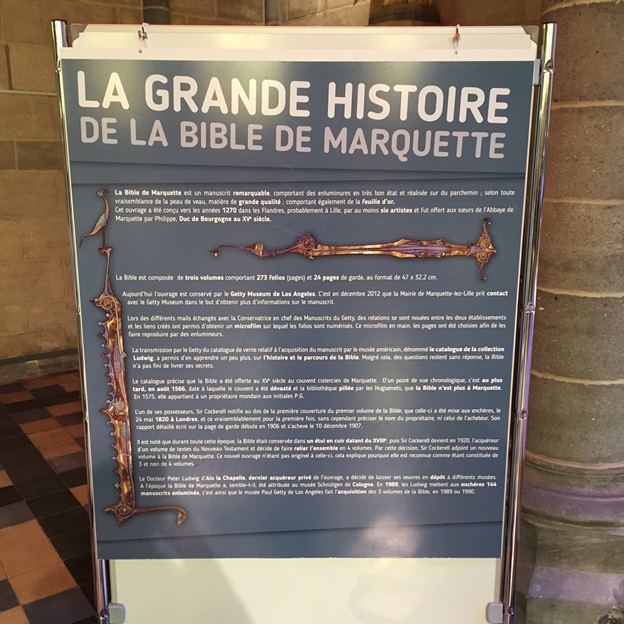
I was impressed when I stepped into the exhibition space to see the wonderful panels and labels outlining the Abbey’s history and relation to the Marquette Bible. I was given a tour of the exhibition, ending with the full-size reproductions of three of the manuscript’s pages made by French contemporary artists. The reproduced folios were made using actual animal parchment and hand painted with gold and pigments to emulate the originals, a process explained in a series of cases nearby. The reproductions positively glowed in the case, and gave visitors an idea of the laborious process involved in making manuscripts as well as what it would be like to see original medieval manuscript pages.
To enhance the exhibition, we made a short video demonstrating the size and grandeur of the Marquette Bible, where I turn the manuscripts’ magnificent pages. This video was featured in Marquette’s exhibition space.
My gracious guides took me to the site of the original abbey, now transformed into a beautiful garden whose various plants form the footprint of the original abbey. Much important archaeological work has been undertaken there in recent years to understand the plan and extent of the Abbey.
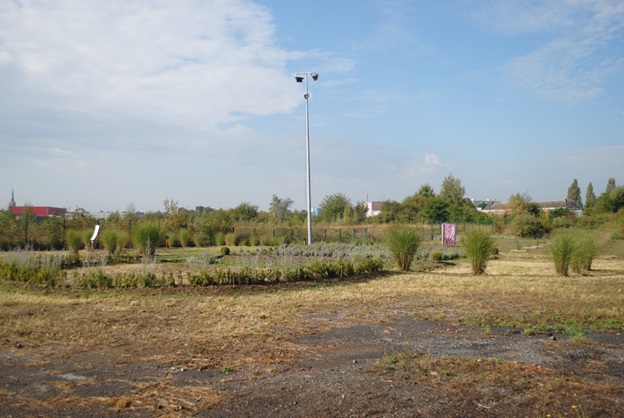
Site of former Marquette Abbey. Photo courtesy of Eve Olivier, Service Culture
Mairie de Marquette-lez-Lille
I was also fortunate enough to meet Marquette’s mayor and to see the beautiful house that now serves as the government center where I was introduced to the town’s géante, a large movable puppet used during town festivities and processions. She takes the form of Jeanne de Flandres, the illustrious noblewoman who founded the Abbey in 1226.
All together, it was a lovely day. I was so pleased to be able to visit the site where one of our most beautiful manuscripts was treasured during the Middle Ages and to see how my colleagues celebrate its presence there. I saw the exhibition on one of its last days and will forever remain grateful to my colleagues there for their warm welcome and engaging exhibition, and for the links that now tie together Los Angeles and Marquette-lez-Lille.

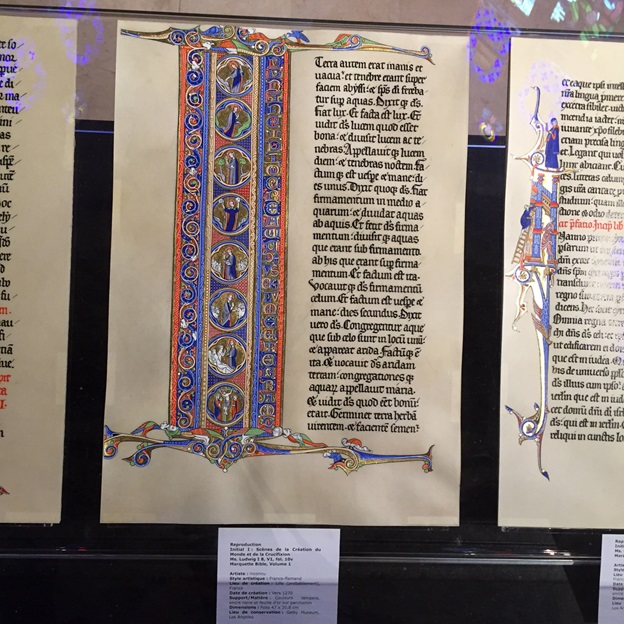
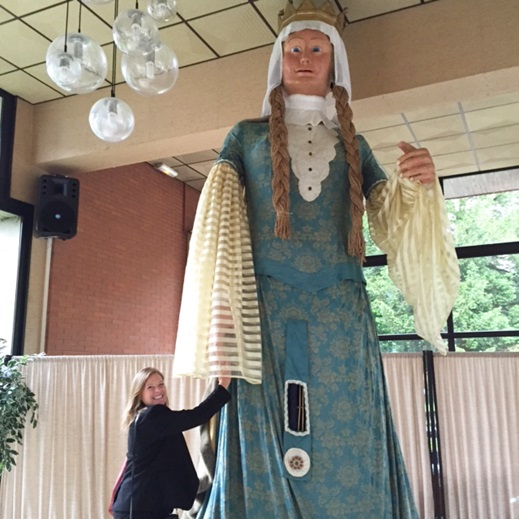
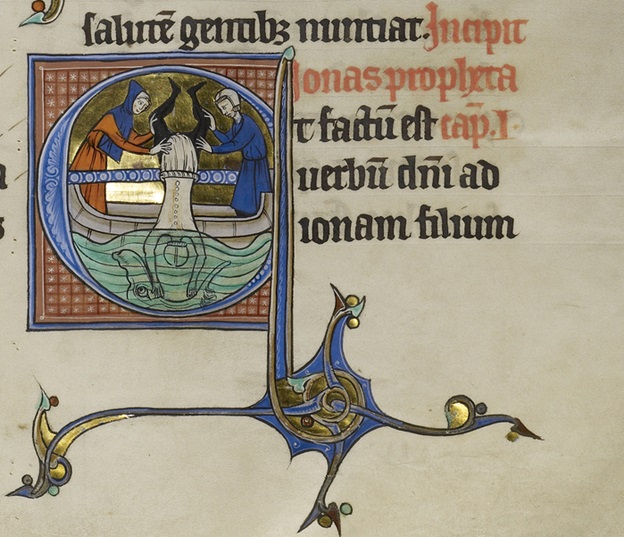
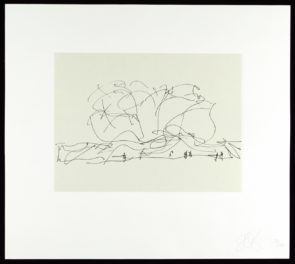


Comments on this post are now closed.